Hanfu: The Banbi (Half-Sleeve Garment)

Hanfu banbi
The Hanfu banbi, as its name suggests, refers to a half-sleeved garment that evolved from the upper ru. Its sleeves usually reach between the upper arm and the elbow. The Hanfu banbi features a combined collar, a front-closing design, and ties at the chest. It is worn over a blouse or under a robe and was considered suitable for spring and autumn. In the Han Dynasty, the Hanfu banbi was mainly worn by women. It commonly had a large front-crossing collar, a length reaching the hips, elbow-length wide sleeves, and decorative edging. During the Wei, Jin, and Northern and Southern Dynasties, men also wore half-sleeve Hanfu banbi, often as an outer layer over their upper garments.
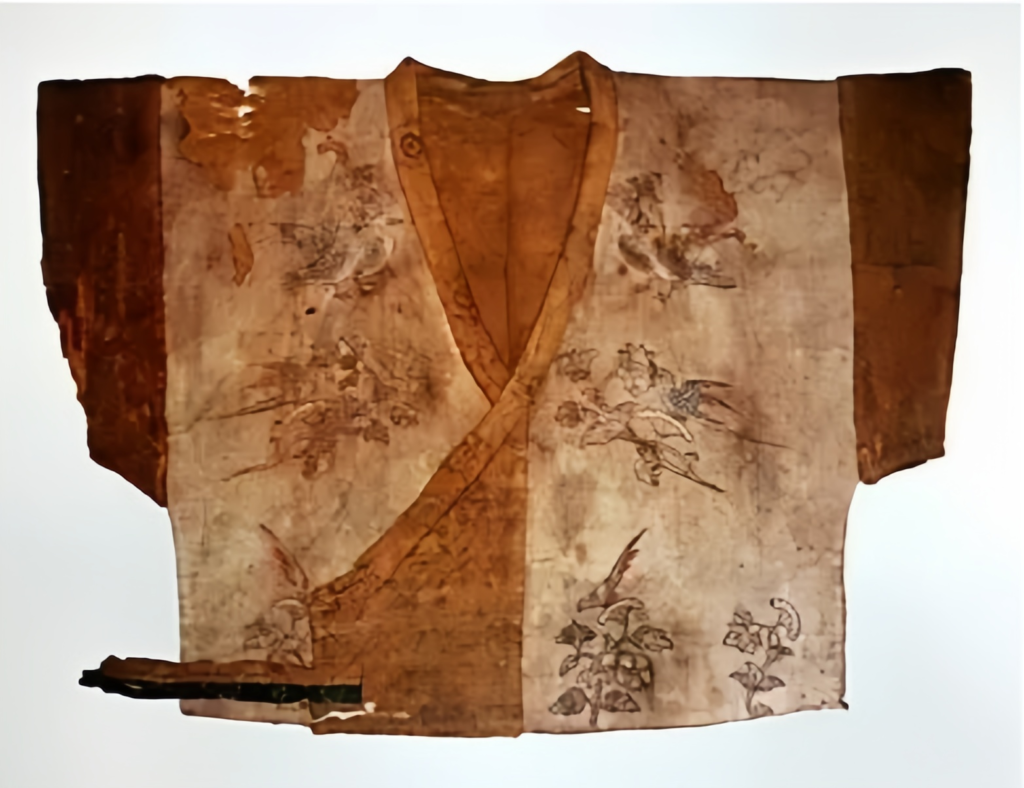
During the Sui and Tang dynasties, according to the Shiwu Jiyuan, “In the Sui Da-ye period, palace attendants often wore banbi, removing the long sleeves. Emperor Gaozu of Tang shortened the sleeves and called it banbi … Later it became formal wear for scholars in the capital.” The Tang banbi became extremely widespread in the Tang Dynasty and was worn by both men and women. Most Tang banbi were made with front-closing openings, short bodies reaching the waist, and wide straight sleeves that did not cover the elbow. There were two ways to wear it: worn over a short ru, similar to a vest, or worn first as an underlayer with additional garments like ru, jackets, or robes on top.
Although there were no restrictions on who could wear the banbi, its material, patterns, and colors varied based on social and economic status. For example, palace women of Emperor Yang of Sui and the wives of high-ranking officials wore bright red gauze Tang banbi embroidered with golden phoenix motifs, while ordinary people could not afford such luxurious pieces.

With the high level of productivity and advanced textile skills of the Tang Dynasty, half-sleeve Hanfu banbi were mainly made of brocade. Brocade was dense and warm, making the garment both decorative and practical. Some gold-worked banbi have also been discovered, though the exact craftsmanship remains a mystery. The gold embroidery used twisted gold thread, with around 3,000 turns of gold around one meter of silk, resulting in a thread only 0.2 mm thick. Such garments were reserved for royalty and aristocrats. As Du Fu wrote: “Bright embroidered robes in the late spring, golden peacocks and silver qilin shine.”
After the Tang Dynasty, banbi became more practical and less decorative. While a few were still made of brocade, most used silk fabrics with cotton padding for warmth.
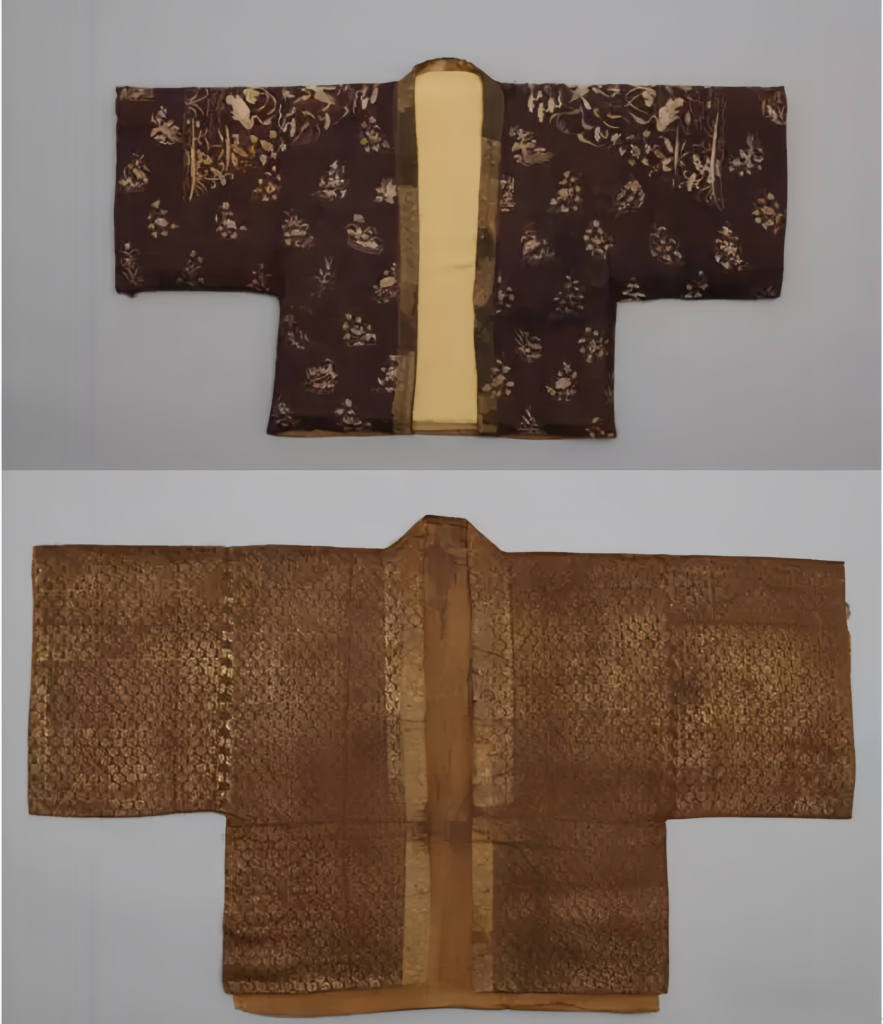
The banbi remained popular in the Song Dynasty, even inspiring the well-known story of “enduring the cold rather than choosing a banbi.” According to Dongxuan Bilu, Song Qi (998–1061), a famous writer, had many concubines who kept his wardrobe full of delicate garments. Once he felt cold during a banquet and asked for a banbi. More than ten were brought in, all equally fine. Afraid of showing favoritism by choosing one, he endured the cold and returned home.
Later, the Qing scholar Zhao Zhixin wryly noted this in Langtaosha: “It reminds me of the official who endured cold instead of choosing a banbi…” Another anecdote appears in Shaoshi Wenjian Houlu, where Su Shi, after being exiled to Hainan, returned wearing a banbi while traveling by boat, attracting crowds along the riverbanks.
Banbi were also used during the Liao, Jin, and Yuan dynasties. Archaeological finds include a Yuan Dynasty banbi unearthed in Inner Mongolia: double-layered, made of gauze with a silk lining, embroidered with horse and floral roundels. It had a front-closing straight collar, a 60 cm front length, 62 cm back length, 53 cm waist width, 54 cm hem width, 43 cm sleeves, and 34 cm sleeve openings.

A related garment from the Yuan Dynasty was the dahu, a type of fur or leather outerwear. Poems of the period mention “felt hats, leather boots, and dahu coats,” showing how common this style was.
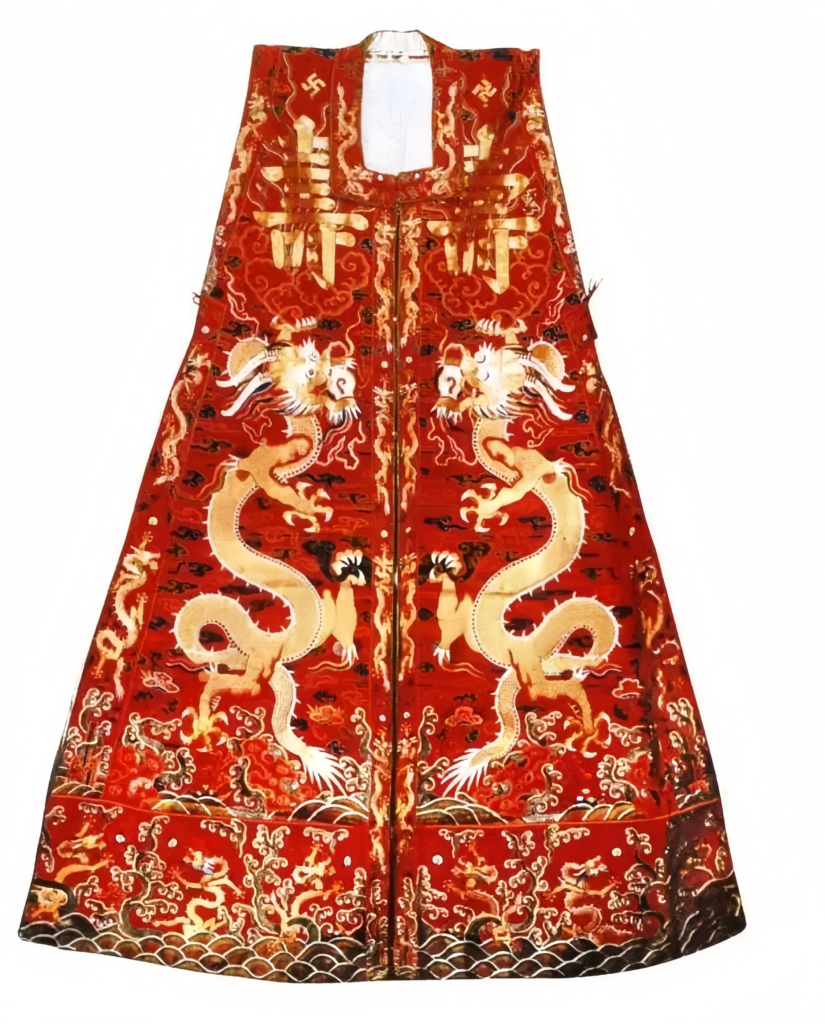
Another Yuan-origin style was the sleeveless front-closing vest known as Song bijia, originally reserved for empresses in the palace. Over time, it spread to the public and became especially favored by young women during mid-Ming. The Song bijia is closely related in design to the banbi of the Sui and Tang. The later Qing vest (majia) is a direct evolution of this style. In Pu Songling’s Strange Tales, he wrote: “She was not tall; she wore crimson clothing with a snow-patterned bijia on top,” with commentator He Yin noting, “Bijia is a banbi; commonly called a vest.”
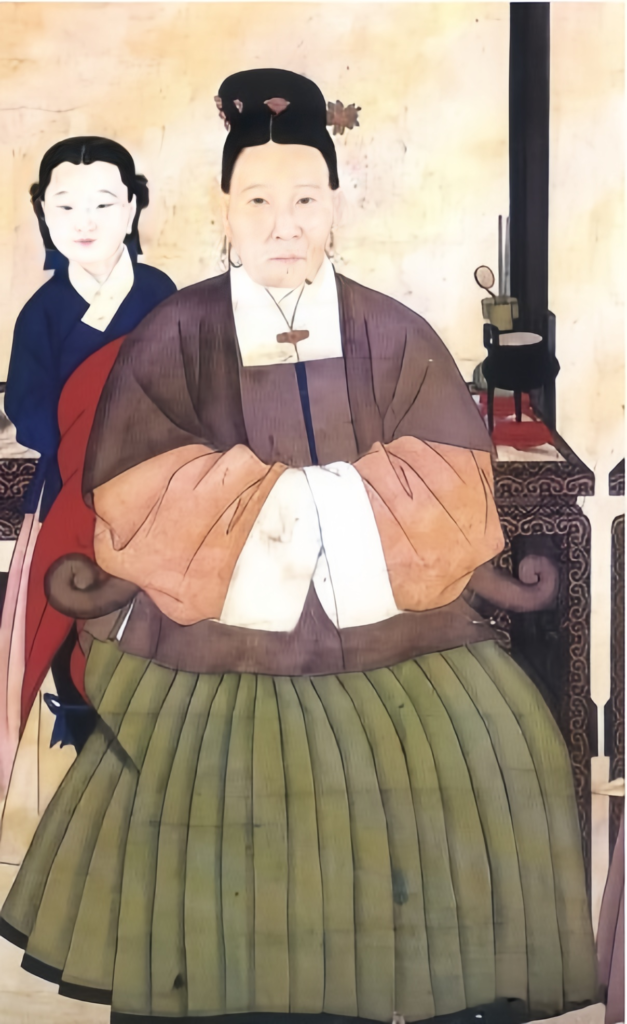
The custom of wearing banbi continued into the Ming and Qing dynasties. In the Hongwu period, Emperor Zhu Yuanzhang ordered plain blue cloth garments as standard dress for common men. Later descriptions of late-Ming fashion often highlight changes in sleeve length and width, as well as garment length as part of the Ming vest evolution.
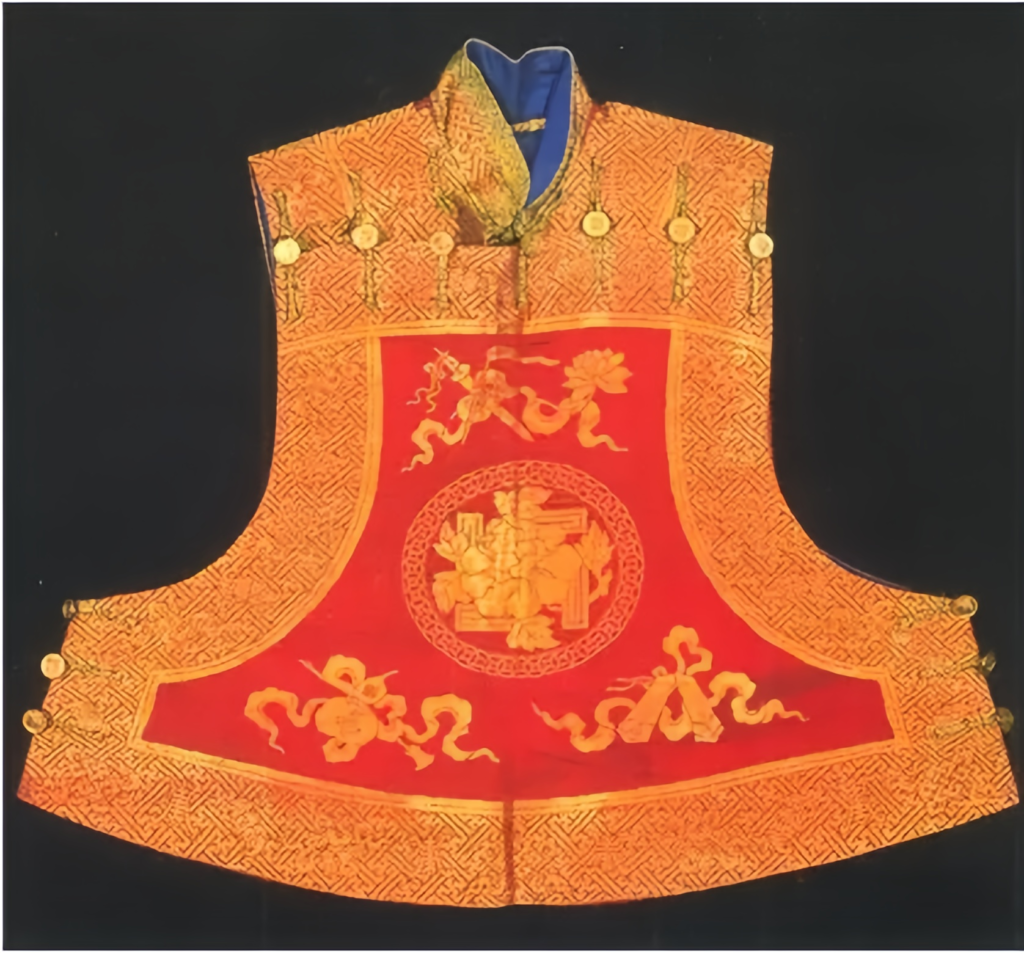
In the Qing Dynasty, the majia or “kanjian” emerged, combining features of the liangdang and banbi, while adopting design elements from northern nomadic dress. Its personality came from its variety of front openings, collar styles, and decorative knot buttons. The vest was worn over shirts during spring, autumn, and winter by people of all ages.
Qing-style vests often used curved tailoring, especially in the armholes and hemline. The most distinctive versions, aside from the traditional front-closing or large-collar styles, included curved plackets and “straight-line plackets.” One popular form, fastened with thirteen buttons arranged across the chest and under the arms, was nicknamed the “Thirteen Taibao” or “Military Vest,” called batulu kanjian in Manchu (“batulu” meaning warrior). Initially worn only by high-ranking court officials, it later became formal attire for regular officials.
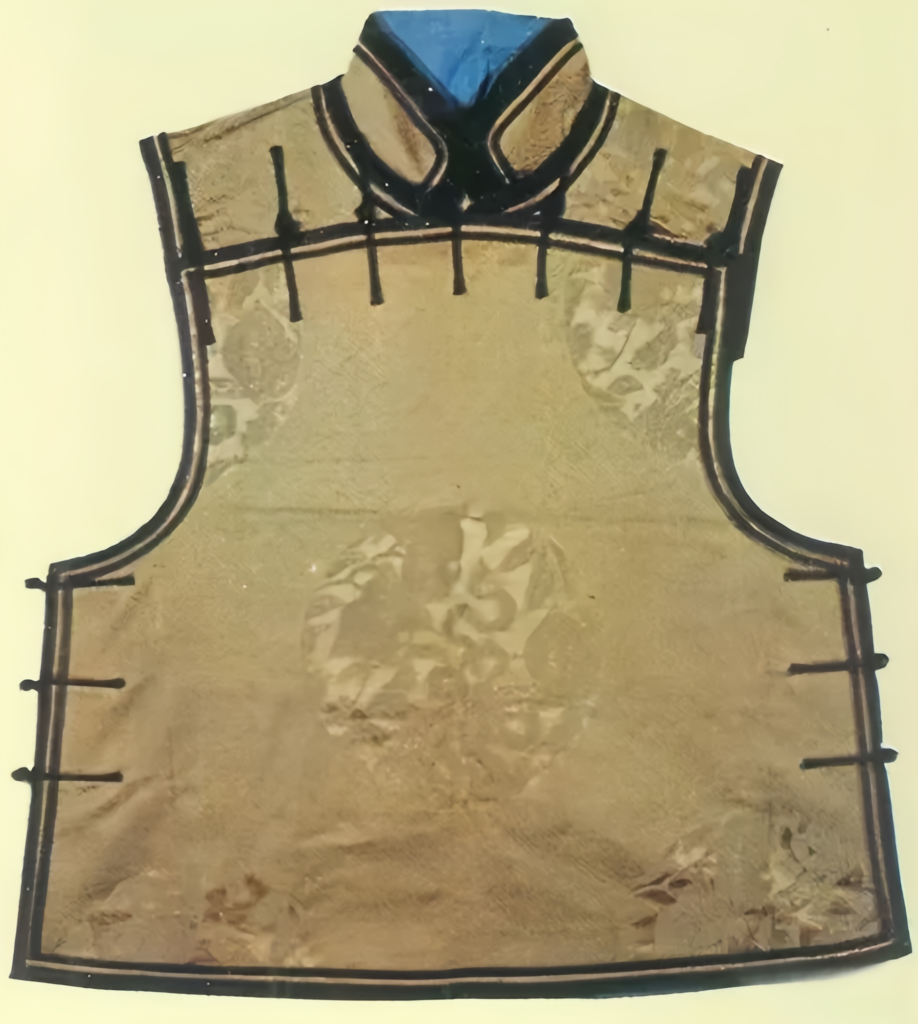
Men’s vests typically featured wide dark borders and decorative motifs such as branch flowers, animals, bats, and narrative scenes, giving structure and elegance to the garment. A practical feature of the vest was its ease of removal: even when worn under outer robes, riders could slip an arm through the collar opening and unbutton it without dismounting. Because it was so convenient, it quickly gained popularity among the general population. In the early Republic era, it remained in use and was sometimes worn over long robes.
Today, the vest—simplified in design—remains widely loved for its practical and comfortable nature. Modern versions usually feature front openings and fewer traditional decorations or cultural symbols, yet the spirit of half-sleeve Hanfu and the Ming vest evolution still lives on.
Want to rock a perfect banbi today?
Check our How to layer your Hanfu banbi perfectly →
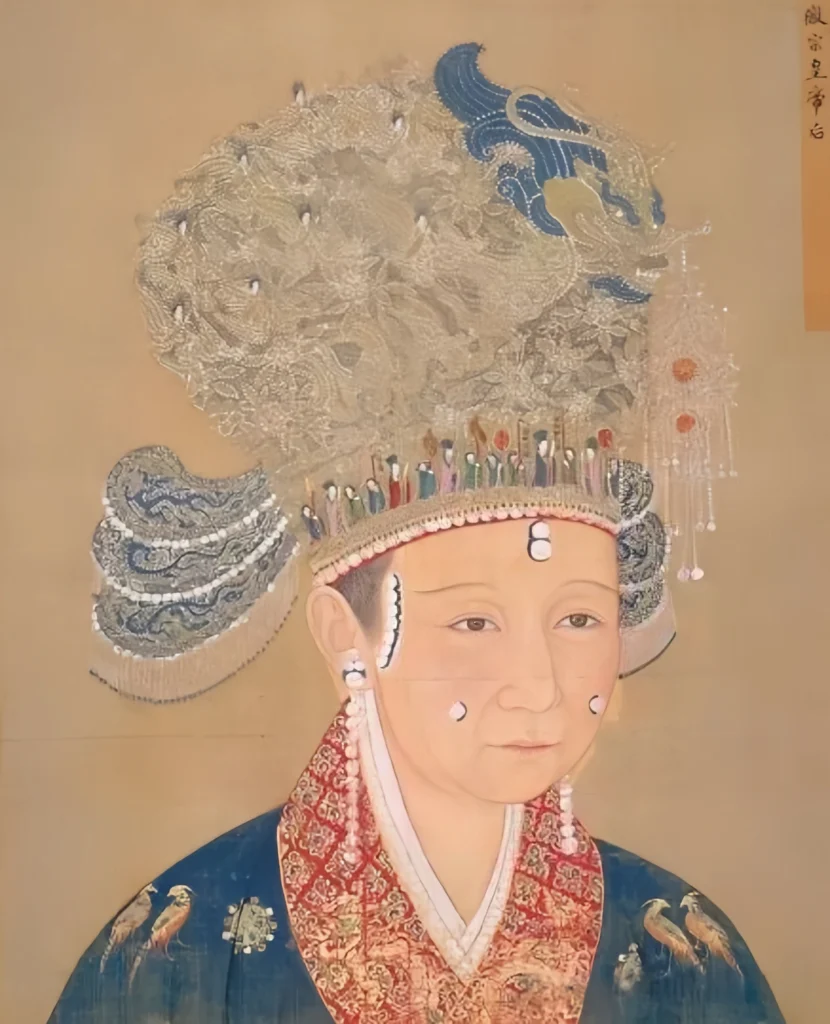



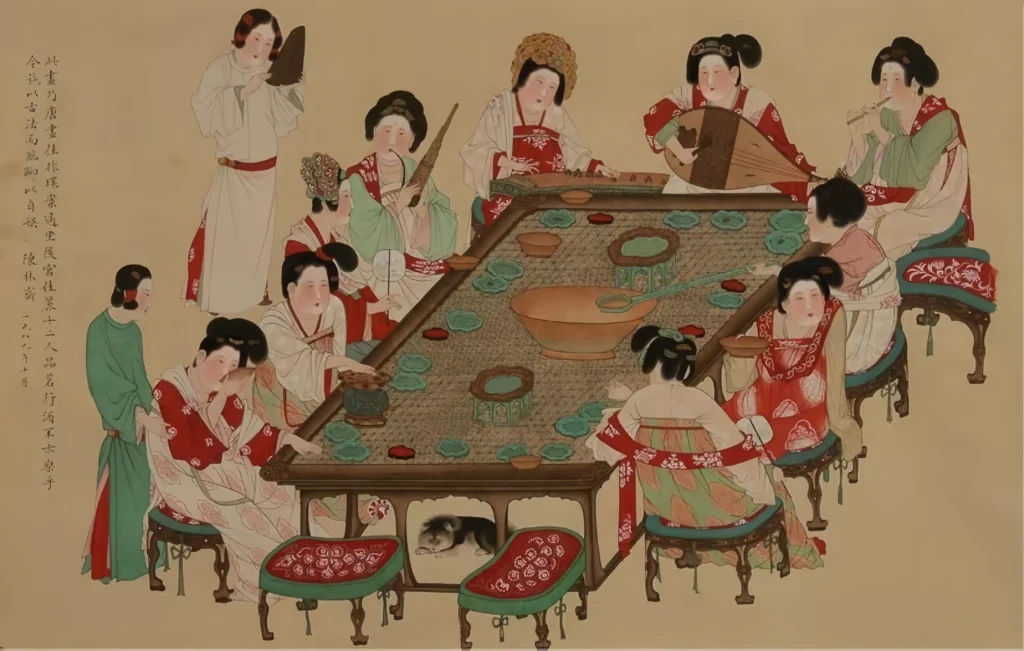
Responses